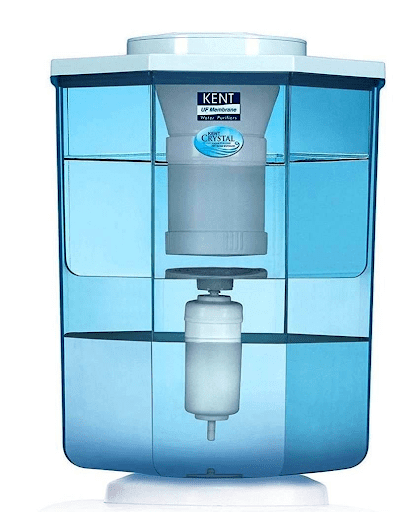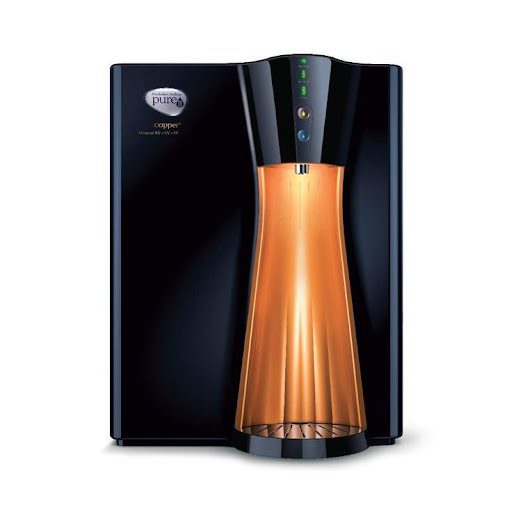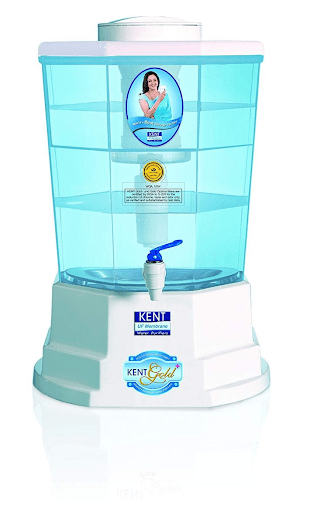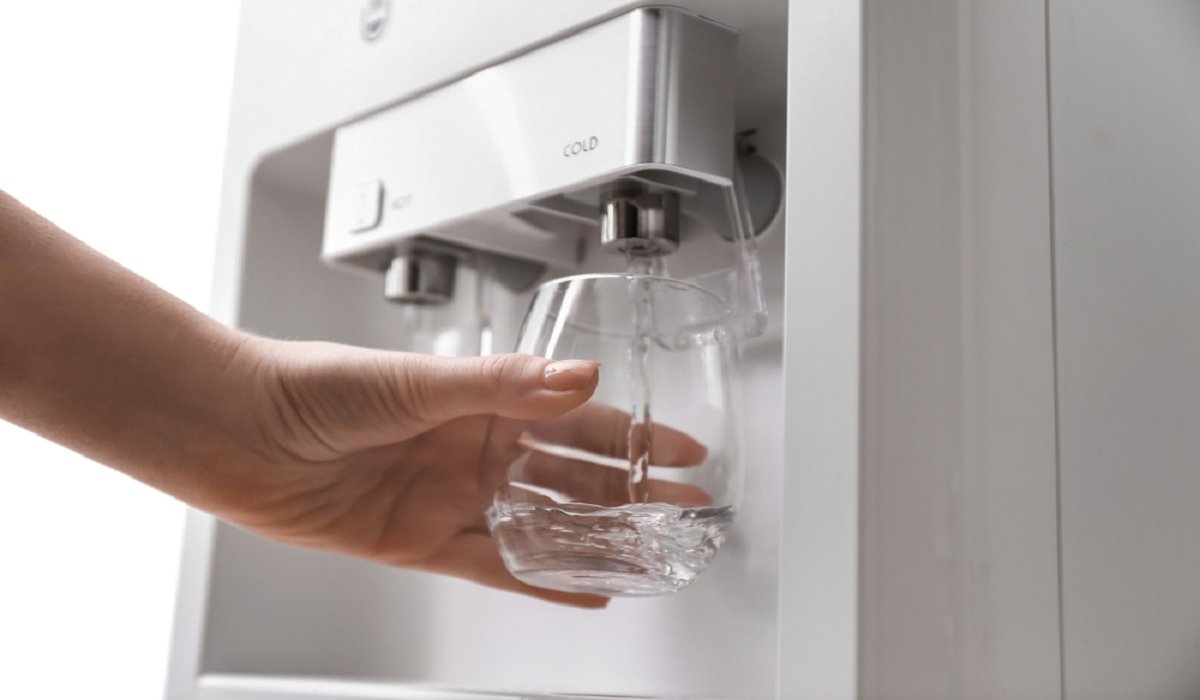Every human being has a right to fresh and clean drinking water. Despite having access to water, many people cannot use them for drinking or purposes because some regions face a natural or man-made crisis that makes the water unfit. That is when a water purification system comes to our rescue. A water purifier ensures that the water is safe for consumption. Here is a comprehensive guide to help you choose from the different water purifiers available for your home.
Why is a water purifier essential for your home?
Hardly any water resources are contamination-free. Every region has its challenges when it comes to sourcing clean drinking water. Hardness, TDS and salinity are some qualities of water to look into before you buy a water purifier for your home.
Total Dissolved Solids (TDS) are small organic substances in natural water. Water with a TDS of less than 200 ppm is considered safe and fit for drinking. Water from rivers, harvested rainwater, and lakes usually has less TDS and is safe. Bore wells and groundwater, however, have a high TDS value and can contain life-threatening impurities like arsenic or lead. For this reason, it’s vital that every home has a functional and effective water purifier.
Also Read: Water conservation projects and methods adopted in India: Tips to conserve water at home
How to choose the best water purifier for home?
With so many brands and models available in the market, choosing a purifier that is effective and suits the space of your home can be a tough task. Here are some things you should consider while choosing to make a wise decision.
Capacity of the storage tank
A person, on average, uses up to 2-4 litres of water daily. Depending on the number of members in your family, calculate the quantity of filtered water you require daily. Choose a purifier with a large tank capacity suitable for your everyday use.
Material of the storage tanks
A water purifier’s storage tank usually is made from durable, food-grade plastic. However, with time, it becomes a breeding ground for germs and harmful bacteria, contaminating the water stored. Recently, companies have started using stainless steel to create the storage tanks for water purifiers. These steel-made tanks are more durable and do not let bacteria breed. But a stainless steel tank is much costlier than one made from plastic.
Water temperature adjustment facility
If you have the budget to spare, opting for a water purifier that has the facility to serve both hot and cold water will be the perfect addition for your home. Hot water can be used as bathwater and to clean vegetables and fruits during winter. However, these machines are very costly and usually only used in high-end facilities.
Maintenance cost and warranty
Usually, purifiers come with a one-year warranty on the outer body and UF+RO membrane as well as up to six months warranty on their filters. Many brands offer 1-3 years’ worth of Annual Maintenance Contract (AMC), which covers the labour and unit costs of changing filters, membranes and parts. R.O and R.O+UV filters are costly to maintain. Meanwhile, gravity filters are cheaper in comparison. So, carefully read up on your purifier AMC and warranty before buying.
Double-check the size
Once you have found the perfect purifier for your home, make sure to inquire about its measurements (depth, height and length). Since homes have a particular design with spaces assigned for different instruments and furniture, you must make sure that there is enough room to install your chosen purifier near a proper water pipeline. Don’t forget to leave some buffer area around the purifier to keep it easily accessible when it needs maintenance.
Best water purifier options to choose from
As mentioned before, there is no shortage of choices when it comes to buying the best water purifier for home. Here are some of the best picks you can go for.
Kent Copper Compact R.O. (Reverse Osmosis) Purifier
Reverse osmosis alters the osmosis process, wherein water naturally flows from the area with a low TDS level to the area with a high TDS level. A water pump applies external pressure to change the course of flowing water. The R.O. chamber gets pumped with concentrated water with high TDS. The semi-permeable membrane captures the impurities and the clean water passes across it. A separate outlet discharges the pollutants.
They require electricity constantly to work. R.O. purifiers generate almost double the amount of wastewater than the filtered water they clean. Kent’s R.O. purifier is the best one in the market in this category. This purifier has a high storage capacity and comes with copper panels, which reduce the water’s TDS levels by up to 3000 ppm.

Source: Pinterest
Kent Gold Star U.F. (Ultrafiltration) Water Filter
The ultrafiltration water purifiers have membranes with much larger pores (0.01 microns) than those used in R.O. purifiers (0.0001 microns). Its main advantage is that it works without electricity as well. Since the membranes have larger pores, gravity helps drag the water across without power. Hence, no extra water pump is required.
There is also less wastage of water. However, they are not as helpful in purifying water with high TDS levels or hard water. Kent Gold Star U.F. filter has a storage capacity of 22 litres and a filter life of 4000L.

Source: Pinterest
HUL Pureit Copper UV (Ultraviolet) Purifier
Ultraviolet water purifiers use high-power ultraviolet light rays on unclean water to kill germs and viruses. However, to remove the dissolved and undissolved impurities, activated carbon filters and sediment filters need to be installed. They are best suited for areas where water has low TDS levels.
The HUL Pureit Copper UV purifier has a minimalistic design but is highly durable. It provides you with an option to drink water with and without copper. The machine notifies you 15 days in advance when the filter needs changing. The purification rate is 1.6 litres of water per minute.

Source: Pinterest
Kent Gold Gravity-based/Tap-mounted filter
These are the simplest kinds of water purifiers used for primary-level purification. Tap-mounted filters are small in size and can be easily mounted in taps. Activated carbon filters help remove big undissolved impurities. In comparison, gravity-based filters are more prominent in length, with separate storage tanks built for impure and pure waters.
These purifiers work only in regions with low TDS levels in their water and less contamination. The Kent Gold gravity-based water filter is the best one in the market. With a 20L storage capacity, it is perfect for a large family.

Source: Pinterest
All in all, if you live in an area where the water has a TDS level of over 500 ppm, go for R.O. purifiers. R.O. purifiers are also the best choice when the water is loaded with harmful substances like mercury and lead despite low TDS levels. For soft water and low biological contamination, go for UF+UV filters. In areas with hard water and high biological contamination, go for RO+UV+UF water purifiers. Gravity-based filters will work if your space does not allow electric filters.
FAQs
How durable is a typical water purifier?
On average, a water purifier system works well for seven years. Although water quality also matters in keeping the membrane and filters clean and functional.
How long can one store filtered water safely?
Usually, one should consume filtered water immediately or within a few days. But if one needs to store it, the water remains drinkable for up to six months.
Housing News Desk is the news desk of leading online real estate portal, Housing.com. Housing News Desk focuses on a variety of topics such as real estate laws, taxes, current news, property trends, home loans, rentals, décor, green homes, home improvement, etc. The main objective of the news desk, is to cover the real estate sector from the perspective of providing information that is useful to the end-user.
Facebook: https://www.facebook.com/housing.com/
Twitter: https://twitter.com/Housing
Email: [email protected]











